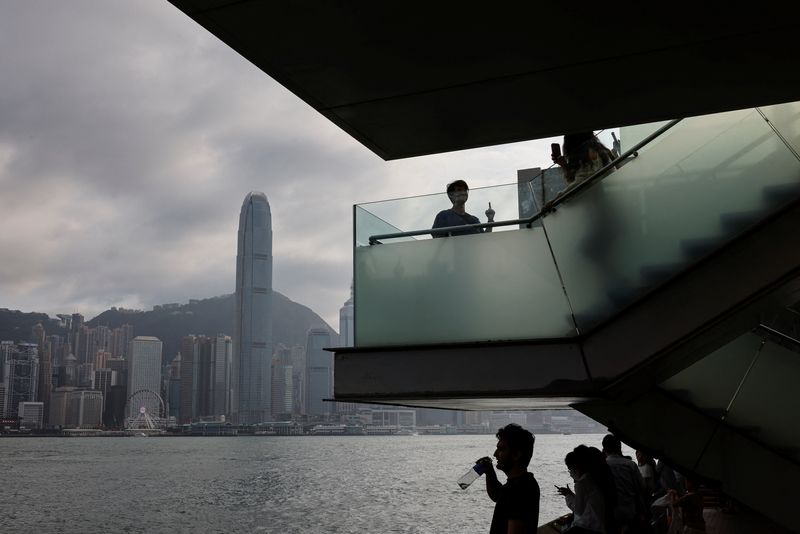BEIJING (Reuters) – China’s services activity expansion slowed a touch amid rising costs, but growth in new orders accelerated and business sentiment rose solidly in a boost to hopes of a sustained economic recovery, a private sector survey showed on Monday.
The Caixin/S&P Global services purchasing managers’ index (PMI) eased to 52.5 from a 52.7 in March, remaining in expansionary territory for the 16th straight month. The 50-mark separates expansion from contraction.
The world’s second-largest economy grew faster than expected in the first quarter but it is still facing a host of challenges including a prolonged property slump and lacklustre domestic demand.
“The strong start to the year is consistent with the Caixin manufacturing and services PMIs, which have remained in expansionary territory for several straight months,” said Wang Zhe, Senior Economist at Caixin Insight Group.
Overall new business hit the highest since May last year, while better overseas demand and growth in tourism activity helped propel growth in new export orders to their fastest pace in ten months.
That in turn helped lift business confidence among Chinese service providers in the 12 months ahead to the highest this year.
Companies did continue to face some cost pressure, with input price rises for material, labour and energy though the uptick remained below the long-run survey average. That led firms to increase prices charged to their customers, while they remained reluctant to fill vacancies created by departures.
“Consistent efforts should be made to ensure earlier policies are implemented effectively and promptly, maintaining the current economic recovery momentum and eventually improving overall market expectations,” Wang said.
Economists say the Caixin survey is skewed more towards smaller, export-led firms than the much broader official PMI, which showed a sharp slowdown in services sector activity for last month.
The Caixin/S&P’s composite PMI, which tracks both the services and manufacturing sectors, rose to 52.8 last month from 52.7 in March, marking the fastest pace since May in 2023.
China’s economy has struggled to mount a solid post-COVID revival, mainly due to the ripple effects on confidence and demand stemming from a prolonged property sector crisis.
While pockets of strength in the first quarter GDP report raised hopes of a steady recovery through the rest of the year, the general consensus among economists is that a robust revival is some way off.
Investors and analysts say China’s structural reform efforts must go hand-in-hand with greater stimulus measures to foster a stronger and sustainable economic recovery.
(Reporting by Liangping Gao and Ryan Woo; Editing by Shri Navaratnam)
